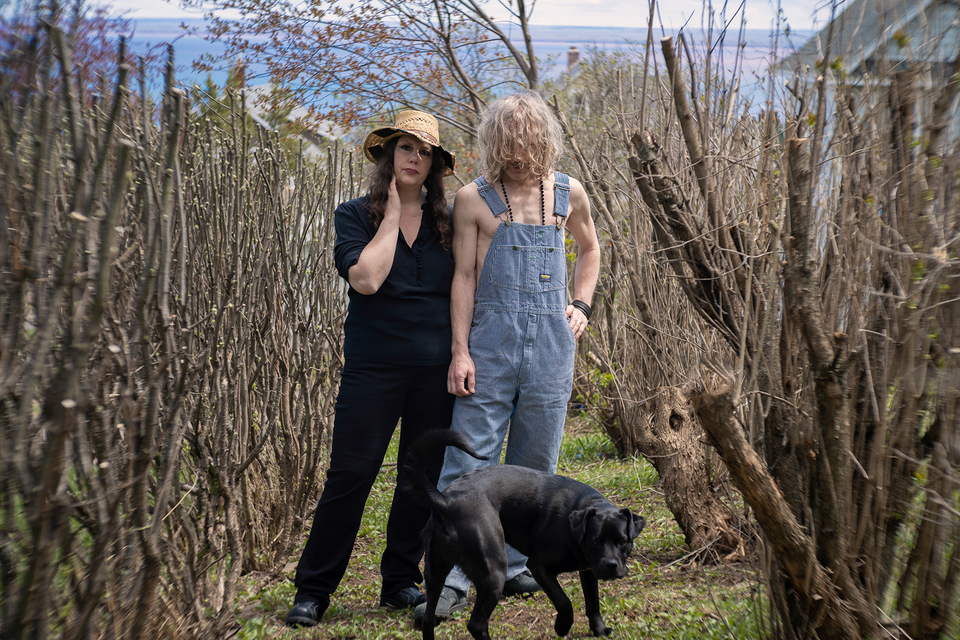Low – HEY WHAT

Alan Sparhawk and Mimi Parker sound like the names of a couple
of early nineties shoegazers, and effectively that’s how they were regulated
when they first started touring. In the shadow of the burgeoning grunge movement,
their band Low sounded like a quieter and more contemplative side project from
someone like Slowdive, a precursor especially to their work in Mojave 3.
Sparhawk and Parker in reality, hail from Duluth, Minnesota, a city that gave
the band their cold and icy minimalism as well as their midwestern directness.
In the early 90s, the band often pushed back against another
comparison, finding themselves pigeonholed into the slowcore subgenre along
with the similarly sleepy groups, Codeine and Duster. Although dismissive of
that label for most of their career, the band was happy to push that term as
far as it could go, eventually crafting what may be the genre and certainly the
group’s magnum opus in 2001’s Things We Lost in The Fire. It wasn’t
until after that that the band began to expand their sound into more disparate
genres, releasing a series of hit or miss albums that steadily grew into their critical
resurgence in the late aughts. In fact, on their last album 2018’s Double
Negative, the band probably got the closest they’ll ever get to a sound that
really approaches shoegaze. That album was hailed at the time for its inventiveness,
eschewing much of the harmony and melodicism of the group’s early work in favor
of evoking the same dread and depression through ambient soundscapes. But for
it’s follow-up the band set their sight a little higher.
HEY WHAT is a complicated album, one that is best
understood within the context of the Low discography, as most late career albums
are, but it also works as a single entity, in much the same as Double
Negative did, distancing itself from the bands oeuvre while embracing its
place in their history. Unlike that album HEY WHAT is significantly more
accessible, pushing the lyricism, melody and vocals to the front of the mix,
while incorporating the same pulsating rhythms and discordant guitar work of
their last album underneath each track. That abrasiveness is most evident on the
lead-off song “White Horses”, which, while essentially a vocal track, is punctuated
throughout by chipping guitar and heavy distortion. Those sounds are pushed to
the point of excessive repetition, eventually devolving altogether into the
backing of the following track. It’s a challenging start to the album, but one
that binds it to its predecessor while demonstrating the purpose of the new
album and offering a hopeful twist on the Low formula.
Low’s frustrations and angst are still evident, as they
always will be, but given the state of affairs of the world, it seems Sparhawk
and Parker felt the need to run contrary to that feeling of helplessness. One
of the more melodic tracks here “Days Like These” chooses not to bog the
listener down in platitudes but instead affirm the feelings and exasperation of
the audience. Low have toed that line particularly well, while still expanding
the breadth of their sound to contribute another truly great album, one that
ranks among their very best.
~9.5
Comments
Post a Comment